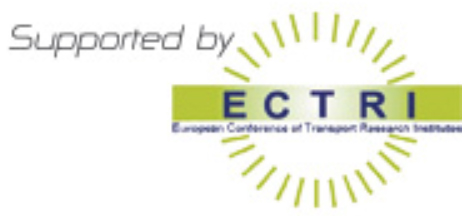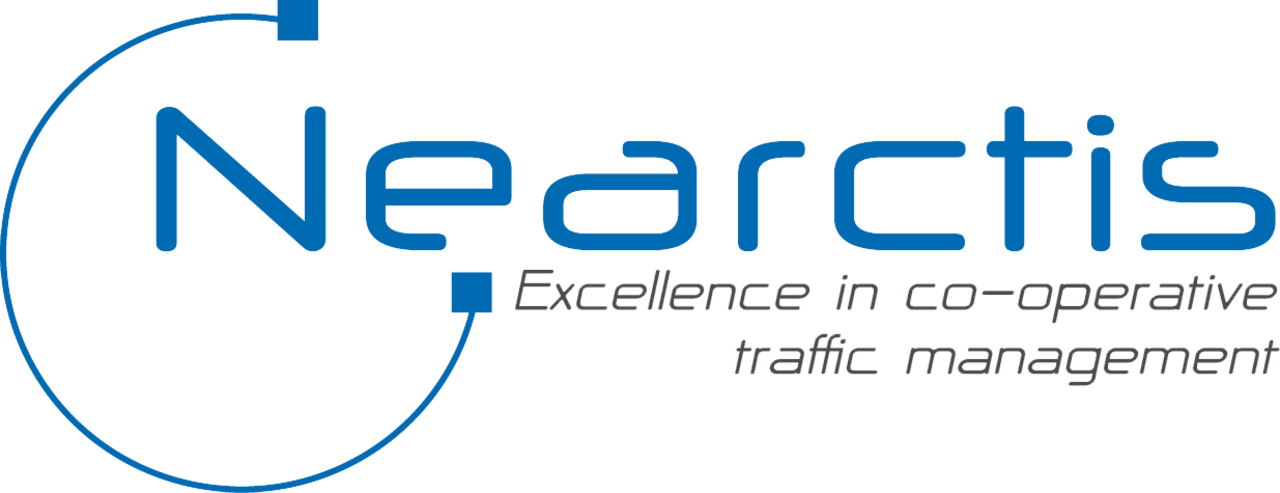The Network of Excellence NEARCTIS [A Network of Excellence for Advanced Road Cooperative Traffic management in the Information Society] was an Academic Network gathering the main teams working on the field of traffic management and optimization and partners from the industry and the institutions on the relevant topic of cooperative traffic. NEARCTIS was funded by the framework program FP7 from 2009 to 2013. This scientific network has gathered researchers and partners from the industry and the institutions on the relevant topic of cooperative traffic.
This aims to develop systems able to cope with what are the main problems at stake: safety, energy consumption, environmental impacts and congestion as an obstacle to elaborating the main elements of this reach institute: building a consistent research program, defining a set of shared resources (data, experimental means, bibliographical databases), organizing the spreading of the knowledge and research results.
NEARCTIS is structured along two different lines corresponding to research field on the one hand and to applications on the other. The idea in implementing those two structures is to ensure transversality between disciplines and research fields, by studying applications of several research fields to a technical system.
The Joint Program Activities (JPA) is based upon this double structure, with a close coordination of both, ensured through a specific task: a review of the research field will identify exploitable research results, which can be applied through case studies.
Moreover, defining a case study may result in identifying some specific research gaps or needs which have to be integrated into the research program.
To reach these objectives, the project will include an harmonization of the research program of all partners on the various topics addressed, specification of case studies to be made in common, and the elaboration of a dissemination and training program for researchers and professionals.
A focus in made on spreading excellence towards the scientific community of the field, particularly for the European Union newcomers.
The project is designed as a first step towards constituting a permanent virtual institute ensuring consistency between research programs and good mutualisation of resources.
Tight relationships with the international scientific community, but also with the main stakeholders of the field (traffic operators, local authorities, consultants or manufacturers) are ensured thought a network of associated partners who are involved into all the main activities of the project.


